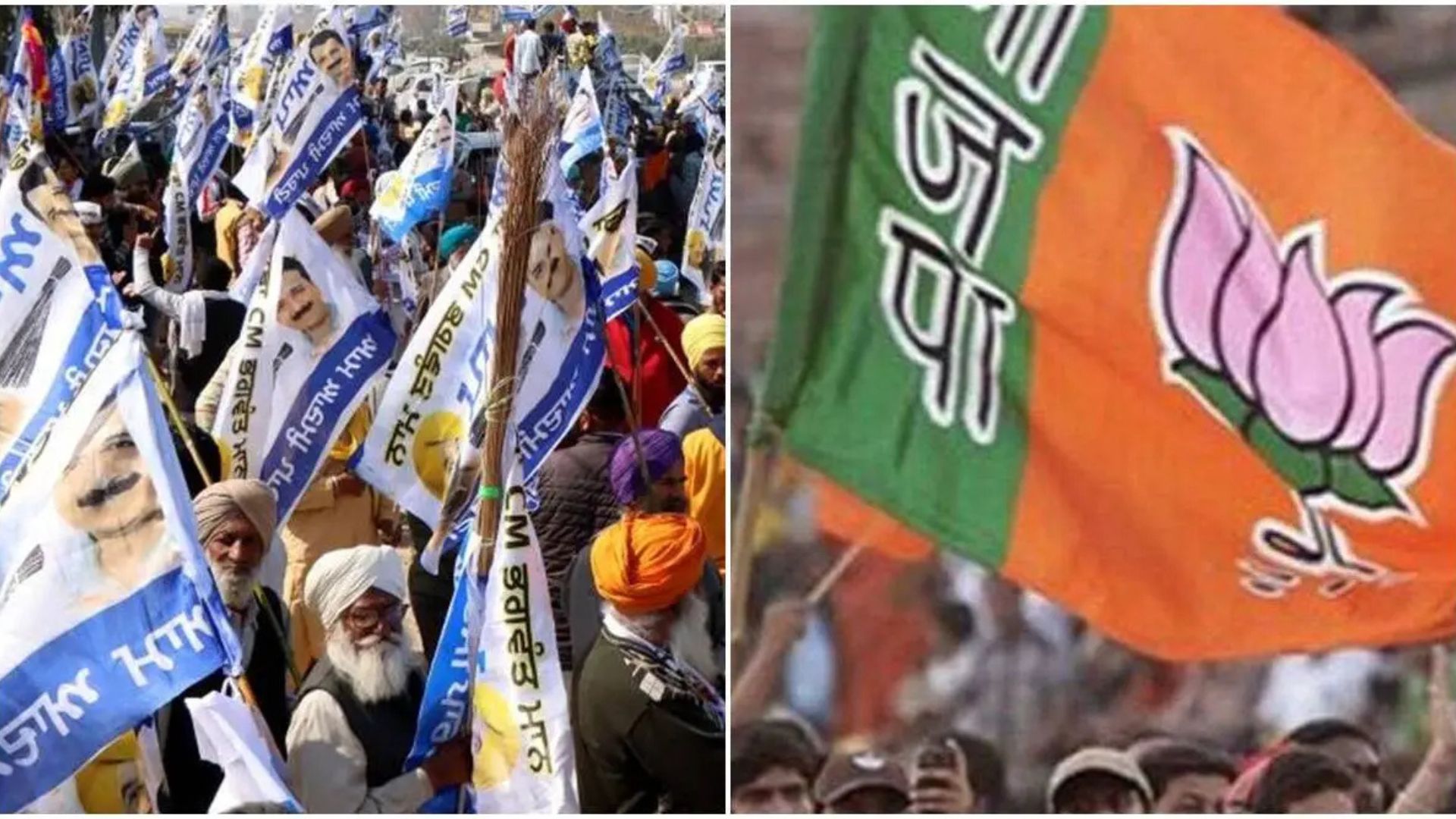New Delhi: After having a virtually free run in the last two elections—2015 (when it won 67 seats) and 2020 (when it won 62 seats)—the ruling Aam Aadmi Party (AAP) is likely to face its toughest election in the last decade.
On Monday, the party released its second list of 20 candidates, which includes a change in the seat of one of its most prominent leaders and ministers, Manish Sisodia, and the dropping of another prominent face and sitting MLA, Dilip Pandey. These decisions have led to resignations from Pandey’s supporters.
While Sisodia, who previously contested from the Patparganj seat, has been moved to Jangpura, the AAP has fielded former BJP leader Surendra Pal Singh Bittu, who recently joined the party, from Timarpur—where Pandey had won the last time.
In Sisodia’s place, Awadh Ojha, a UPSC exam coach who joined the AAP last week, has been given the ticket.
These changes seem to be a response to the anti-incumbency perception surrounding these two leaders, signaling that AAP may face challenges in its bid for a third term (2013, 2015, and 2020).
The fact that Sisodia’s seat was changed and Pandey was dropped is a major red flag, as both are prominent faces of the AAP and are considered close to former CM and AAP chief Arvind Kejriwal.
Sources indicate that to counter the anger against its sitting MLAs, the AAP may deny tickets to at least 20 MLAs, if not more.
The BJP’s campaign this time is not centered around a few key faces. Instead, it is being run by multiple teams, each assigned specific responsibilities, rather than focusing on a single CM candidate. The BJP is also likely to field former MPs in these teams to target the 36 seats required to form the government, focusing on a seat-by-seat strategy. In this context, it is likely that former MPs like Parvesh Singh Verma, Meenakshi Lekhi, and Ramesh Kumar Bidhuri will be given tickets.
One of the main challenges AAP faces in this election is its inability to effectively showcase its achievements and governance and being stuck in fighting legal cases and perception battle in the last one year when it was supposed to tell the voters of Delhi on what it did and what it intends to do if voted to power again.
In the last few months, the party has been plagued by the fallout from the liquor scam case, in which almost all of its top leaders, including Kejriwal, were embroiled. This led to the appointment of Atishi Marlena as the party’s Chief Ministerial candidate, but she refused to sit in the chair used by Kejriwal, a political gesture that did not sit well with AAP voters. In her defense, Marlena has largely operated with one hand tied, as she served as a ‘caretaker’ CM and took oath just 120 days before the elections.
Though all the accused prominent leaders later received bail as investigating agencies failed to prove the allegations, the controversy has damaged the party’s image.
Additionally, AAP witnessed the defection of Kailash Gehlot, one of its most prominent faces, who joined the BJP last month. Gehlot, known for his clean political image, had a strong following, and his exit has further impacted AAP’s reputation among voters.
In light of these developments, the BJP senses a real opportunity to form the government in Delhi—a feat it last achieved in 1993, more than 30 years ago. According to a recent media report quoting the BJP’s internal survey, the party is likely to win 30 seats if elections were held today. With the elections still at least two months away and many developments yet to unfold, the growing perception that AAP is in its weakest position in recent times has given the BJP new hope. Led by Home Minister Amit Shah, the BJP leadership is expected to pull out all the stops to come to power.

